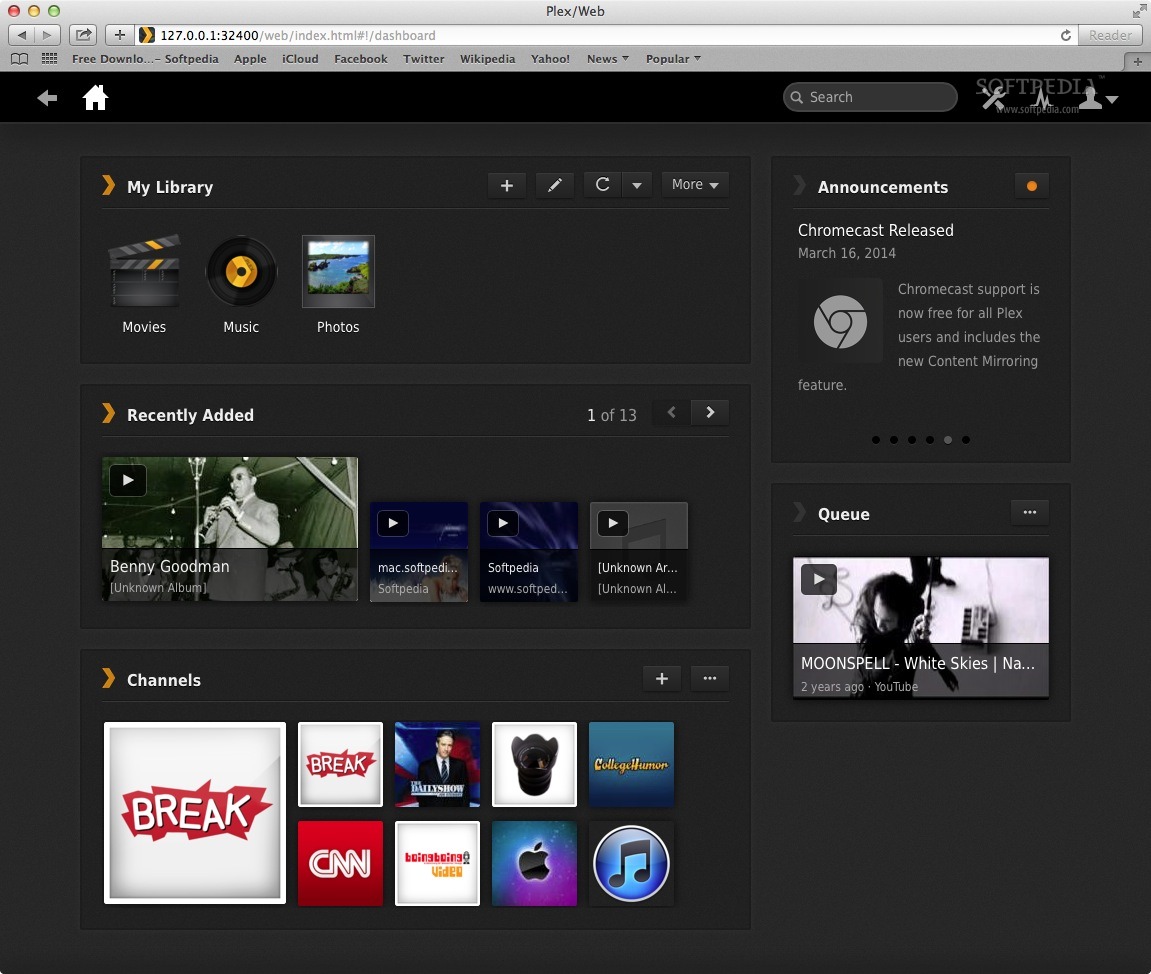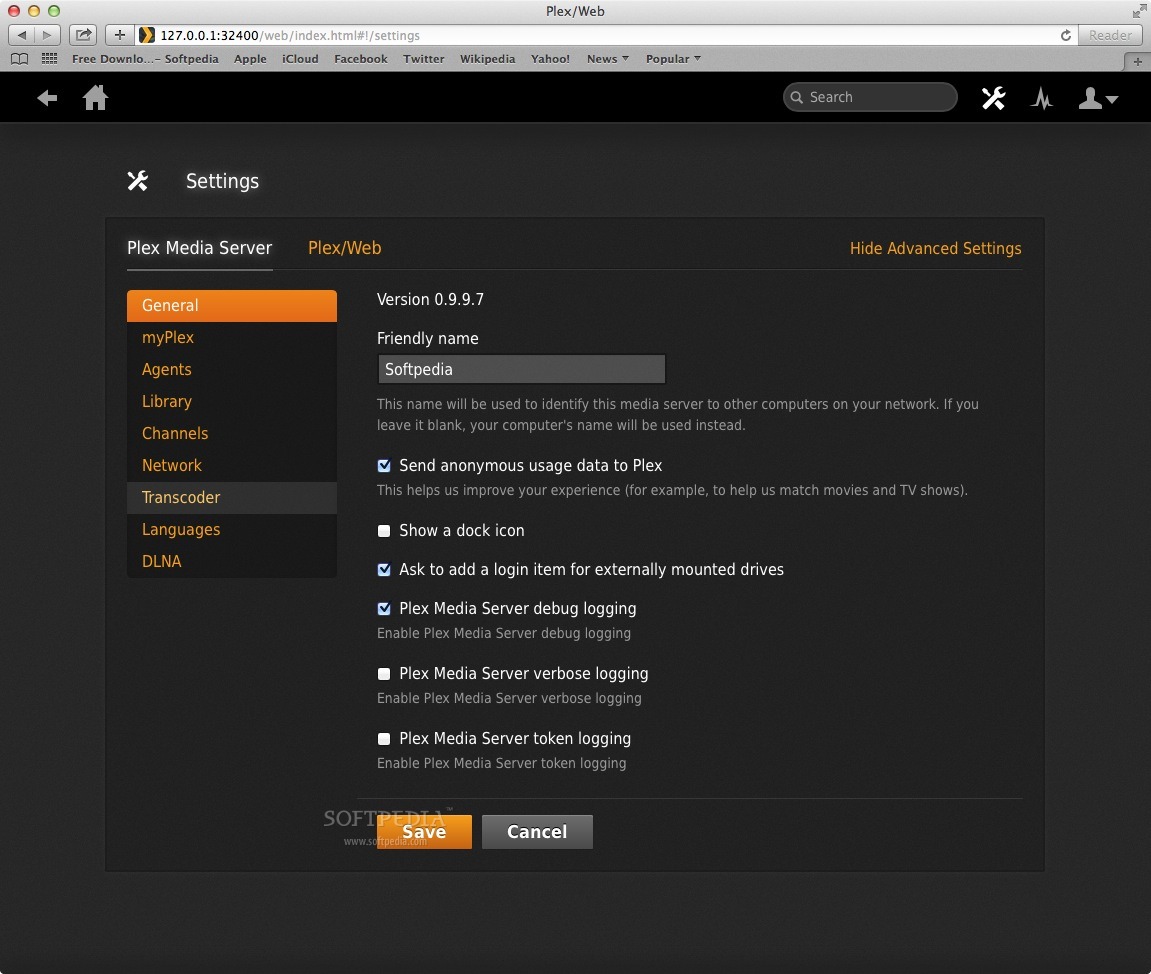


The 1 minute load average is usually 3.5 out of the 8 cores, but overall it is using an average of 1 CPU core over 15 minutes in order to transcode the content to these 5 devices. In this case, the server is running an 8 core Xeon(R) CPU E3-1270 v6 3.80GHz. Tasks: 197 total, 2 running, 195 sleeping, 0 stopped, 0 zombie For example, here is a server transcoding content to 5 devices: The greater number of users connected to the Plex server and transcoding content from the device, the larger the CPU load will be on the server. Transcoding is the process used to take the source content stored on the server and stream it to the remote devices. The hardware requirements for a Plex Media Server depend on the amount of transcoding required. Media can be sent over a local network, WiFi, or across the internet itself. These devices could be smartphones, other computers, speakers or smart televisions.
#Size of plex media server download tv#
Plex Media Server works by streaming media (usually video files such as Movies or TV Shows) across the network to remote client devices. In order to understand what the hardware requirements are for Plex, we need to discuss transcoding. See Also: (On Demand) Meet ServerMania: Transform Your Server Hosting Experience What is Transcoding on a Plex Media Server? In this article, we’ll outline the hardware requirements to set up a Plex Media Server. This could be a computer on your own network, or a server hosted with ServerMania. In order to use Plex, you will need one central device which will host all of your media content.
#Size of plex media server download software#
Plex is a free and (mostly) open source software package which allows you to stream movies and TV shows across all of your devices such as laptops, desktops, Smart TVs, and mobile devices. Plex Media Server is one of the most popular and reliable media server solutions available today.


 0 kommentar(er)
0 kommentar(er)
